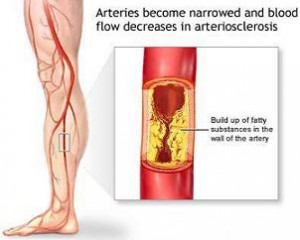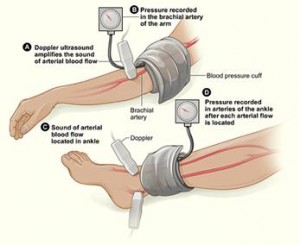Dr. Nathan S. Bryan explained that nitric oxide (NO) can provide you with energy. His presentation was given at the 27th Annual World Congress on Anti-Aging Medicine in Las Vegas from Dec. 13 to 15, 2019 that I attended. Dr. Bryan worked at the Department of Human Genetics at the Baylor College of Medicine in Houston, Texas. In his 20 years of research he asked the following questions:
- How does the human body produce NO?
- There are people who cannot make NO; what went wrong in these people?
- What are the clinical consequences when NO is missing?
- How do you fix or restore your inborn NO production?
Mental disease is also closely related to heart disease and to strokes. Over 44 million patients in the US have a mental illness. Mental disease and heart disease are linked by the fact that both have higher rates of heart attacks and strokes. Marc de Hert et al. published a paper entitled: “The intriguing relationship between coronary heart disease and mental disorders”.
Mental health and heart disease related
Mental health and heart disease are related. Both show increased heart attack rates and strokes. But there is another important finding: sexual dysfunction is common among psychiatric patients. The sexual dysfunction among schizophrenic patients was related to both the psychobiology and the pharmacotherapy. Emotional and sex-related problems were more common in a patients group who experienced poor physical and emotional health.
Another finding that shows the importance of normal circulation is peripheral artery disease (PAD). A group of people with depression had an increase in PAD.
SPECT scans of brains as a tool to investigate circulation
SPECT stands for Single Photon Emission Computed Tomography. It is a tool that Dr. Amen has used for years to study the brain. He found, for instance that with chronic marijuana use the brain circulation develops deficiencies where certain parts of the brain are not properly perfused. This is associated with certain brain malfunctions. When the patient is rehabilitated the blood circulation to the brain gradually recovers. Dr. Bryan noted that there is a decrease in blood flow with every chronic disease. If we can restore blood flow to the region in the brain where where there is a blood flow disturbance, we can cure many neurological diseases.
Restoration of circulation with nitric oxide (NO)
Dr. Bryan showed vignettes of improved body circulation with systemic nitric oxide therapy. One example was that nitric oxide supports a healthy blood pressure. At the same time nitric oxide also improves endothelial function. A 13% increase in blood vessel diameter increases blood flow by 34%!
Thermographic images show a 49-year-old smoker with Raynaud disease in the hands. Within 10 minutes after nitric oxide application the poorly circulated fingers showed a sudden opening up and normal perfusion to the fingers.
Nitric oxide can repair skin damage
Before and after pictures showed the effect of anti-aging skin care serum with nitric oxide. The anti-aging skin care serum improved skin texture, increased elasticity, evened skin tone, restored moisture, reduced fine lines and wrinkles and created tighter and smoother skin. A chronic skin ulcer on a woman’s right chin disappeared in a matter of a few weeks and healed with hardly any scar formation.
Here are some final remarks on nitric oxide replacement
Dr. Bryan concluded with these remarks: Nitric oxide governs vascular structure and function. NO production undergoes an age-related decline. This leads to cardiovascular risks and neurological disorders. Restoring NO production improves tissue perfusion and vascular function. Strategies of nitric oxide production will positively affect general health and the aging process. Any anti-aging strategy should include nitric oxide as a tool.
Conclusion
Dr. Bryan gave a good overview of how nitric oxide (NO) can help people to improve their complexion, their perfusion, and how cardiac and neurological disorder can be prevented. Before and after pictures showed the effect of anti-aging skin care serum with nitric oxide. The anti-aging skin care serum improved skin texture, increased elasticity, evened skin tone, restored moisture, reduced fine lines and wrinkles and created tighter and smoother skin. A chronic skin ulcer on a woman’s right chin disappeared in a matter of a few weeks and healed with hardly any scar formation.
But these are only examples about skin appearance. Perhaps the more important aspect of nitric oxide is the repair of the lining of the arteries and the improvement of circulation to various organs. Nitric oxide can even prevent neurological disease with regular consumption.








